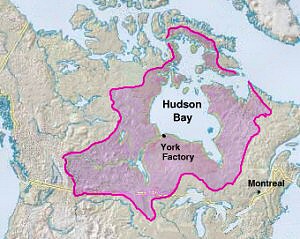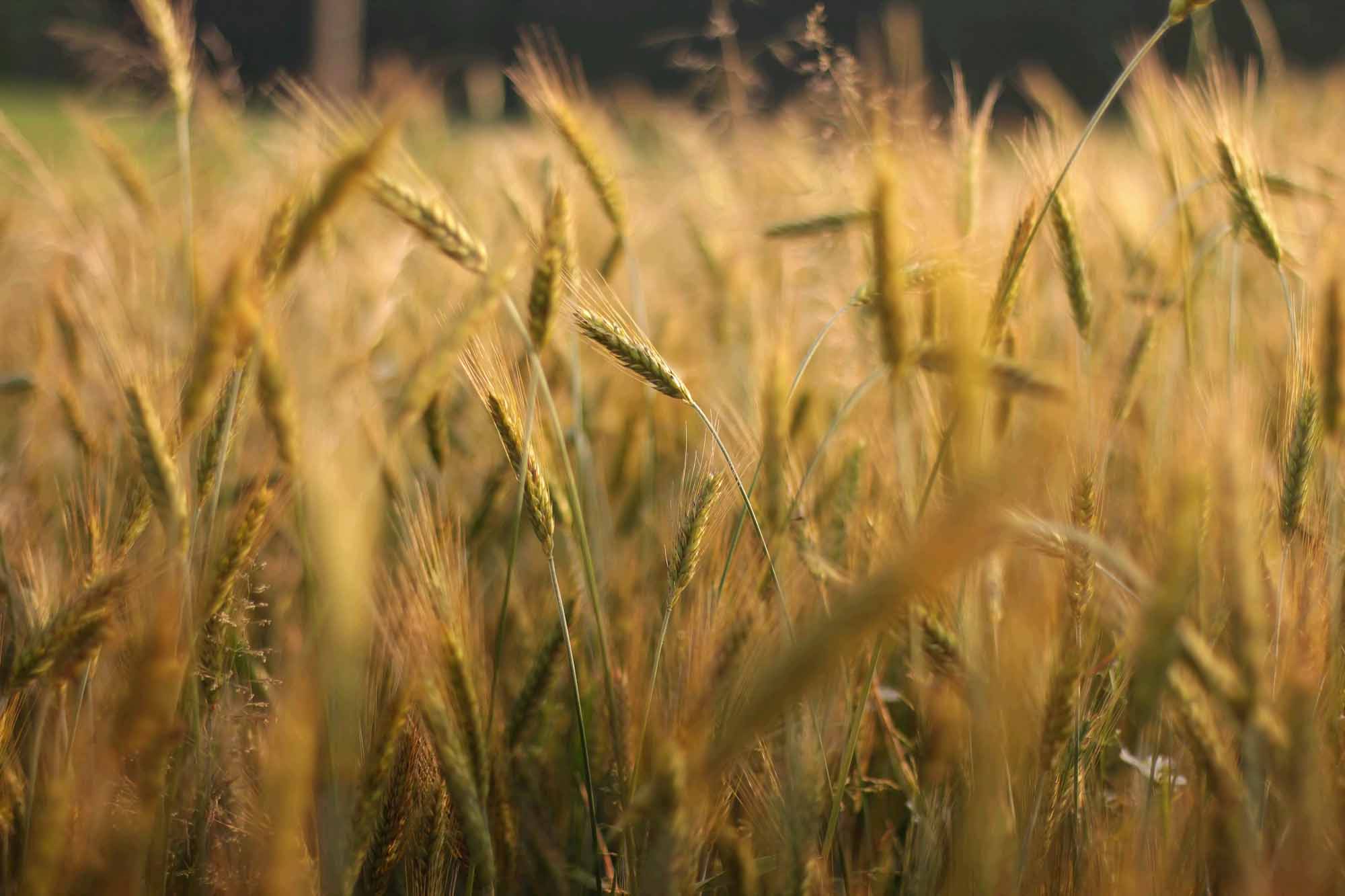Browse "Things"
-
Article
R.S. Williams & Sons
R.S. Williams & Sons. Instrument building and sales firm established by Richard Sugden Williams (b London 12 Apr 1834, d Toronto 24 Feb 1906).
"https://development.thecanadianencyclopedia.ca/images/tce_placeholder.jpg?v=e9dca980c9bdb3aa11e832e7ea94f5d9" // resources/views/front/categories/view.blade.php
https://development.thecanadianencyclopedia.ca/images/tce_placeholder.jpg?v=e9dca980c9bdb3aa11e832e7ea94f5d9
-
Article
Rubber Products Industry
The rubber products industry consists of establishments primarily engaged in manufacturing rubber tires, tubing, hose, belting, washers and gaskets, weather stripping, tapes, etc. The 216 (1998) rubber manufacturers in Canada share annual sales of more than $4.7 billion (see Manufacturing in Canada). The industry directly employs 26,300 (1998) people; tens of thousands of additional jobs exist among suppliers and marketers of rubber products and in the transportation and service sectors.
"https://d2ttikhf7xbzbs.cloudfront.net/rubberproductsindustry/rubbertire.jpg" // resources/views/front/categories/view.blade.php
https://d2ttikhf7xbzbs.cloudfront.net/rubberproductsindustry/rubbertire.jpg
-
Article
Ruben Cusipag
Ruben Javier Cusipag, journalist, social activist (born 12 July 1938 in Paco, Manila; died 9 July 2013 in Markham, Ontario). Cusipag was a pioneer in Filipino Canadian journalism. He contributed to several newspapers and was the founding editor of Atin Ito, one of Canada’s oldest Filipino newspapers, and founder of the Toronto-based newspaper Balita. Cusipag also co-authored Portrait of Filipino Canadians in Ontario (1960-1990) (1993). (See also Filipino Canadians.)
"https://d2ttikhf7xbzbs.cloudfront.net/TCE_placeholder.png" // resources/views/front/categories/view.blade.php
https://d2ttikhf7xbzbs.cloudfront.net/TCE_placeholder.png
-
Article
Rugby
While British immigrants and military personnel initially fostered rugby's development, touring teams to and from Canada also helped to promote the game by demonstrating its international appeal.
"https://d2ttikhf7xbzbs.cloudfront.net/media/media/6f5df767-a35a-499f-986f-f6636b383e00.jpg" // resources/views/front/categories/view.blade.php
https://d2ttikhf7xbzbs.cloudfront.net/media/media/6f5df767-a35a-499f-986f-f6636b383e00.jpg
-
Article
Rule of Law
The rule of law is an underlying constitutional principle requiring government to be conducted according to law and making all public officers answerable for their acts in the ordinary courts (see ADMINISTRATIVE LAW).
"https://development.thecanadianencyclopedia.ca/images/tce_placeholder.jpg?v=e9dca980c9bdb3aa11e832e7ea94f5d9" // resources/views/front/categories/view.blade.php
https://development.thecanadianencyclopedia.ca/images/tce_placeholder.jpg?v=e9dca980c9bdb3aa11e832e7ea94f5d9
-
Article
Romanian Music in Canada
Immigration to Canada began in 1898 with an influx of Romanian Jews, followed by three distinct waves: 1900–13, 1920–9, and post–1945.
"https://development.thecanadianencyclopedia.ca/images/tce_placeholder.jpg?v=e9dca980c9bdb3aa11e832e7ea94f5d9" // resources/views/front/categories/view.blade.php
https://development.thecanadianencyclopedia.ca/images/tce_placeholder.jpg?v=e9dca980c9bdb3aa11e832e7ea94f5d9
-
Article
Run
Eric Walters’s novel Run (2003) is a fictionalized account of Terry Fox’s Marathon of Hope. The book follows troubled youth Winston Macdonald, who is inspired to stop running away from his problems after he befriends Fox in 1980. Run is both the first book for young adults and the first fictionalized book about Terry Fox endorsed by the Fox family. Author royalties from the sales of Run are donated to the Terry Fox Foundation. The novel’s audio version received the 2004 Torgi Award for Books in Alternative Formats.
"https://development.thecanadianencyclopedia.ca/images/tce_placeholder.jpg?v=e9dca980c9bdb3aa11e832e7ea94f5d9" // resources/views/front/categories/view.blade.php
https://development.thecanadianencyclopedia.ca/images/tce_placeholder.jpg?v=e9dca980c9bdb3aa11e832e7ea94f5d9
-
Article
Rupert’s Land (Plain-Language Summary)
Rupert's Land was a vast area of northern wilderness; it covered about a third of what is now Canada. From 1670 to 1870, it was controlled by the Hudson’s Bay Company (HBC), which ran the fur trade there. The area was named after Prince Rupert, the first governor of the HBC. In 1870, just after Canada became a country, the government bought Rupert’s Land from the HBC. The purchase changed Canada, making it a large nation stretching across North America. Rupert's Land was eventually divided among the provinces of Quebec, Ontario, Manitoba, Saskatchewan and Alberta, and the Northwest Territories. (This article is a plain-language summary of Rupert’s Land. If you are interested in reading about this topic in more depth, please see our full-length entry, Rupert’s Land.)
"https://d2ttikhf7xbzbs.cloudfront.net/PrinceRupert/hudson_bay_ruperts_land.jpg" // resources/views/front/categories/view.blade.php
https://d2ttikhf7xbzbs.cloudfront.net/PrinceRupert/hudson_bay_ruperts_land.jpg
-
Article
Rupert's Land
Rupert’s Land was a vast territory of northern wilderness. It represented a third of what is now Canada. From 1670 to 1870, it was the exclusive commercial domain of the Hudson’s Bay Company(HBC) and the primary trapping grounds of the fur trade. The territory was named after Prince Rupert, the HBC’s first governor. Three years after Confederation, the Government of Canada acquired Rupert’s Land from the HBC for CAD$1.5-million (£300,000). It is the largest real estate transaction (by land area) in the country’s history. The purchase of Rupert’s Land transformed Canada geographically. It changed from a modest country in the northeast of the continent into an expansive one that reached across North America. Rupert’s Land was eventually divided among Quebec, Ontario, Manitoba, Saskatchewan, Alberta and the Northwest Territories. (This is the full-length entry about Rupert’s Land. For a plain language summary, please see Rupert’s Land (Plain-Language Summary).)
"https://d2ttikhf7xbzbs.cloudfront.net/PrinceRupert/hudson_bay_ruperts_land.jpg" // resources/views/front/categories/view.blade.php
https://d2ttikhf7xbzbs.cloudfront.net/PrinceRupert/hudson_bay_ruperts_land.jpg
-
Article
Rush-Bagot Agreement
The Rush-Bagot Agreement (or Rush-Bagot Treaty) was signed in 1817 by Acting Secretary of State Richard Rush and Sir Charles Bagot, British minister in Washington. The treaty reduced the number of military ships on the Great Lakes and Lake Champlain and helped secure the Canadian-American border.
"https://d2ttikhf7xbzbs.cloudfront.net/Royal_Military_College_of_Canada_Rush_Bagot_Agreement.jpg" // resources/views/front/categories/view.blade.php
https://d2ttikhf7xbzbs.cloudfront.net/Royal_Military_College_of_Canada_Rush_Bagot_Agreement.jpg
-
Article
Russian Music in Canada
The largest of the 15 Union Republics that until 1991 made up the Union of Soviet Socialist Republics.
"https://development.thecanadianencyclopedia.ca/images/tce_placeholder.jpg?v=e9dca980c9bdb3aa11e832e7ea94f5d9" // resources/views/front/categories/view.blade.php
https://development.thecanadianencyclopedia.ca/images/tce_placeholder.jpg?v=e9dca980c9bdb3aa11e832e7ea94f5d9
-
Article
Rutabaga
Rutabaga (Brassica napus, Napobrassica Group), herbaceous biennial vegetable belonging to the Cruciferae family and grown as a root crop in all provinces.
"https://d2ttikhf7xbzbs.cloudfront.net/media/media/0636af78-864a-427a-ad15-fe22161cbdb6.jpg" // resources/views/front/categories/view.blade.php
https://d2ttikhf7xbzbs.cloudfront.net/media/media/0636af78-864a-427a-ad15-fe22161cbdb6.jpg
-
Macleans
Rwandan Genocide Aftermath
This article was originally published in Maclean’s magazine on March 6, 1995. Partner content is not updated. Through the window of a Huey helicopter whisking above the countryside at 700 feet, the southern Rwandan countryside does not look like a hellish killing ground. The camel-hump hills are variations on green, groomed for the planting season that is just beginning.
"https://development.thecanadianencyclopedia.ca/images/tce_placeholder.jpg?v=e9dca980c9bdb3aa11e832e7ea94f5d9" // resources/views/front/categories/view.blade.php
https://development.thecanadianencyclopedia.ca/images/tce_placeholder.jpg?v=e9dca980c9bdb3aa11e832e7ea94f5d9
-
Macleans
Rwandan Refugees Trek Home
The quickest and the fittest among them led the exodus. The first sign of Rwanda's long march of refugees was a single file of ragged but relatively healthy families, who stuck cautiously to the side of the road like people emerging into the light after a long night.This article was originally published in Maclean's Magazine on November 25, 1996
"https://development.thecanadianencyclopedia.ca/images/tce_placeholder.jpg?v=e9dca980c9bdb3aa11e832e7ea94f5d9" // resources/views/front/categories/view.blade.php
https://development.thecanadianencyclopedia.ca/images/tce_placeholder.jpg?v=e9dca980c9bdb3aa11e832e7ea94f5d9
-
Article
Rye
Rye is the common name for members of the genus Secale of the grass family (Poaceae, formerly Gramineae) and for the cereal grains produced by those grasses.
"https://d2ttikhf7xbzbs.cloudfront.net/media/media/83b4aacd-d567-425d-9f9d-419c6a8b8ce8.jpg" // resources/views/front/categories/view.blade.php
https://d2ttikhf7xbzbs.cloudfront.net/media/media/83b4aacd-d567-425d-9f9d-419c6a8b8ce8.jpg
